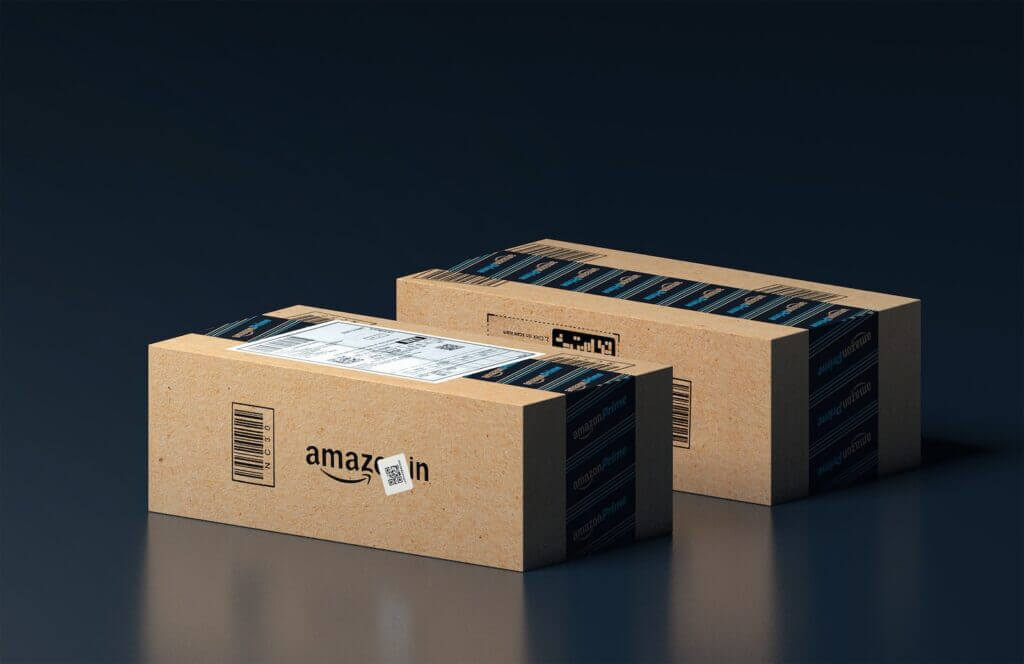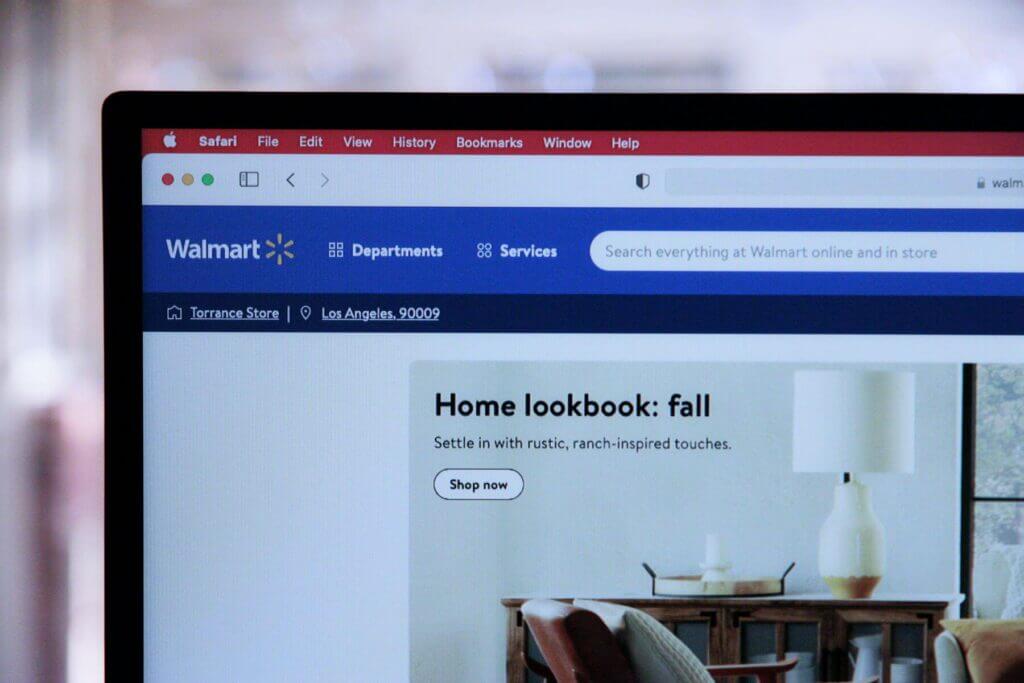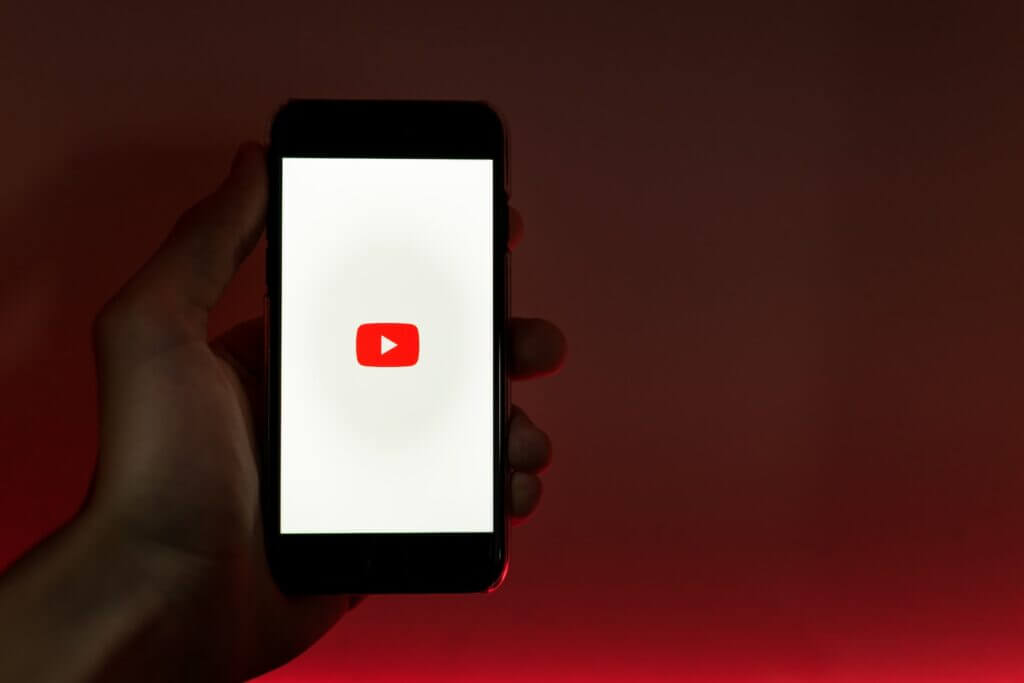Looking to improve your B2B Google Ads strategy? This guide covers everything from identifying your target audience to optimizing ad placement and tracking metrics. Learn the differences between B2B and B2C ads and discover best practices for writing compelling ad copy and using negative keywords effectively.
Understanding B2B Google Ads
B2B Google Ads is a form of online advertising that is specifically designed for businesses that want to target other businesses. This type of advertising allows businesses to reach a wider audience and promote their products or services to potential customers.
Definition of B2B Google Ads
B2B Google Ads is a form of paid advertising that appears on Google search results pages, as well as on other websites that are part of the Google Display Network. These ads are targeted towards businesses that are searching for products or services that your business offers.
Benefits of B2B Google Ads
There are many benefits to using B2B Google Ads as part of your marketing strategy. One of the main is that it allows you to reach a wider audience of potential customers who are actively searching for products or services similar to what your business offers. Other include:
- Increased brand awareness
- Increased website traffic
- Increased leads and sales
- Improved ROI
Differences Between B2B and B2C Google Ads
While B2B and B2C Google Ads share some similarities, there are also some key differences between the two. B2B Google Ads are typically more focused on lead generation and building relationships with other businesses, while B2C Google Ads are more focused on driving immediate sales to individual consumers.
Another key difference is the complexity of the sales process. B2B sales cycles are typically longer and more complex than B2C sales cycles, which means that B2B Google Ads campaigns may need to be more targeted and personalized to each business’s unique needs.
In summary, B2B Google Ads are a powerful tool for businesses that want to reach a wider audience of potential customers and generate more leads and sales. By understanding the key differences between B2B and B2C Google Ads, businesses can create more effective and targeted campaigns that drive real results.
Creating a B2B Google Ads Strategy
Creating a successful B2B Google Ads strategy requires a well-defined plan that can help businesses achieve their marketing goals and objectives. In this section, we will discuss how to create a B2B Google Ads strategy that can help businesses target their audience, set goals and objectives, choose relevant keywords, and create compelling ad copy.
Identifying Target Audience
The first step in creating a B2B Google Ads strategy is identifying your target audience. It is important to understand who your ideal customer is, what their needs are, and how they search for solutions to their problems. By identifying your target audience, you can create ads that specifically target them and increase the chances of conversion.
To identify your target audience, consider demographic characteristics such as age, gender, location, and industry. Additionally, consider psychographic characteristics such as interests, values, and behaviors. Conducting market research can help you understand your target audience better and create targeted ads that resonate with them.
Setting Goals and Objectives
The second step in creating a B2B Google Ads strategy is setting goals and objectives. Your goals and objectives should align with your overall marketing strategy and help you achieve your business objectives. Setting specific, measurable, attainable, relevant, and time-bound (SMART) goals can help you track progress and measure success.
To set goals and objectives, consider what you want to achieve with your Google Ads campaign. Do you want to increase brand awareness, generate leads, or drive sales? Once you have defined your goals, determine the key performance indicators (KPIs) that will help you measure success. For example, if your goal is to generate leads, your KPIs may include click-through rate (CTR), conversion rate, and cost per lead.
Choosing Relevant Keywords
The third step in creating a B2B Google Ads strategy is choosing relevant keywords. Keywords are the words and phrases that people use to search for information on Google. Choosing relevant keywords can help you target your audience and increase the chances of conversion.
To choose relevant keywords, consider the products or services you offer and the search terms that your target audience may use to find them. Use Google’s Keyword Planner tool to research keywords and estimate their search volume and competition. Choose keywords that are relevant to your business, have high search volume, and low competition.
Creating Compelling Ad Copy
The fourth step in creating a B2B Google Ads strategy is creating compelling ad copy. Ad copy is the text that appears in your ads and can influence whether people click on your ads or not. Creating compelling ad copy can increase click-through rates and improve conversion rates.
To create compelling ad copy, consider the benefits of your products or services and how they can solve your target audience’s problems. Use language that resonates with your target audience and highlights your unique selling proposition (USP). Additionally, incorporate a call-to-action (CTA) that encourages people to take action, such as “Learn More” or “Get Started.”
Optimizing B2B Google Ads
Optimizing B2B Google Ads is crucial in achieving a high return on investment (ROI). In this section, we will discuss some of the for optimizing B2B Google Ads, including ad placement and targeting, ad testing and performance tracking, using ad extensions to improve click-through rate (CTR), and improving quality score.
Ad Placement and Targeting
Ad placement and targeting are critical components of a successful B2B Google Ads campaign. Ad placement refers to where your ads will appear on the search engine results page (SERP), while targeting refers to the specific audience you want to reach.
To optimize ad placement, you need to consider factors such as the relevancy of the keyword, ad position, and ad format. One way to improve ad placement is by bidding on keywords that are relevant to your business and have a high search volume. Another way is to improve your ad quality score, which we will discuss in more detail in the next section.
Targeting your audience is equally important, as it allows you to reach the right people at the right time. To optimize targeting, consider factors such as demographics, interests, and location. You can also use remarketing to target people who have previously interacted with your website or ads.
Ad Testing and Performance Tracking
Ad testing and performance tracking are essential for optimizing B2B Google Ads. Ad testing allows you to experiment with different ad formats, copy, and targeting options to see what works best. Performance tracking allows you to monitor your ad’s performance and make necessary adjustments.
To optimize ad testing, consider factors such as the ad format, ad copy, and call-to-action (CTA). You can use A/B testing to compare two different ad versions and see which one performs better. Make sure to test only one variable at a time, so you can accurately determine which changes are producing results.
To optimize performance tracking, use tools such as Google Analytics to track metrics such as click-through rate (CTR), conversion rate, and cost per click (CPC). Use this data to make informed decisions about your ads, such as pausing underperforming ads and increasing bids on high-performing keywords.
Using Ad Extensions to Improve CTR
Ad extensions are additional pieces of information that can be added to your ad to provide more value to the user. Ad extensions can include things such as phone numbers, location information, and links to specific pages on your website.
Using ad extensions can help improve your ad’s click-through rate (CTR) by providing more relevant information to the user. Ad extensions can also help improve your ad’s quality score, which we will discuss in the next section.
To optimize ad extensions, consider which ones are most relevant to your business and audience. Make sure to include accurate and up-to-date information, such as your phone number and business hours.
Improving Quality Score
Improving your ad’s quality score is critical for achieving a high ROI on your B2B Google Ads campaign. Quality score is a metric that measures the relevancy and quality of your ad and landing page.
To improve quality score, consider factors such as ad relevance, landing page experience, and click-through rate (CTR). You can improve ad relevance by using relevant keywords and ad copy that match the user’s search intent. You can improve landing page experience by creating a user-friendly and relevant landing page that matches the ad’s messaging. You can improve CTR by using compelling ad copy and targeting the right audience.
B2B Google Ads Metrics and Analysis
When it comes to B2B Google Ads, metrics and analysis are crucial to ensuring campaign success. Understanding key metrics, analyzing campaign performance, making data-driven decisions, and adjusting budgets and bids based on results are all essential components of effective B2B Google Ads strategy.
Understanding Key Metrics (CTR, CPC, etc.)
To understand the success of your B2B Google Ads campaign, it is important to track key metrics. These metrics include click-through rate (CTR), cost per click (CPC), conversion rate, and cost per acquisition (CPA). CTR measures the number of clicks your ad receives compared to the number of times it is shown. CPC, on the other hand, measures the cost of each click on your ad. Conversion rate measures the percentage of clicks that result in a desired action, such as filling out a form or making a purchase. CPA, finally, measures the cost of acquiring a new customer or lead.
By closely monitoring these metrics, you can gain valuable insights into the effectiveness of your B2B Google Ads campaign. For example, a low CTR may indicate that your ad copy or targeting needs improvement, while a high CPA may suggest that your landing page needs .
Analyzing Campaign Performance
Once you have a solid understanding of the key metrics, the next step is to analyze your campaign’s performance. This involves examining the data to identify trends and patterns, such as which keywords and ads are driving the most clicks and conversions.
One way to do this is by creating a custom report in Google Ads that includes the key metrics you want to track. You can then use this report to identify areas where your campaign is performing well and areas that need improvement.
Another important aspect of analyzing campaign performance is segmenting your data. For example, you may want to segment your data by device, location, or time of day to gain further insights into your audience’s behavior.
Making Data-Driven Decisions
Once you have analyzed your campaign’s performance, the next step is to make data-driven decisions based on the insights you have gained. This may involve tweaking your ad copy, adjusting your targeting, or changing your bidding strategy.
For example, if you notice that your ad is performing well on mobile devices but not on desktop, you may want to adjust your bid strategy to bid higher on mobile devices. Alternatively, if you see that a particular keyword is driving a high volume of clicks but a low conversion rate, you may want to adjust your ad copy to better align with the user’s intent.
By making decisions based on data, you can ensure that your B2B Google Ads campaign is optimized for success.
Adjusting Budgets and Bids Based on Results
Finally, it is important to adjust your budgets and bids based on the results of your B2B Google Ads campaign. This involves analyzing your cost per click and cost per conversion to determine whether you are getting a positive return on investment (ROI).
If you find that your cost per conversion is higher than your target ROI, you may need to adjust your bids or budgets to reduce costs. Alternatively, if you are getting a high ROI on a particular keyword or ad group, you may want to increase your bids to drive even more clicks and conversions.
Overall, B2B Google Ads metrics and analysis are critical to the success of your campaign. By closely monitoring key metrics, analyzing your campaign’s performance, making data-driven decisions, and adjusting budgets and bids based on results, you can ensure that your campaign is optimized for success.
Best Practices for B2B Google Ads
B2B Google Ads can be a highly effective way to reach your target audience and generate leads for your business. However, to get the most out of your campaigns, it’s important to follow and make the most of the tools and features available to you. In this section, we’ll explore four key best practices for B2B Google Ads.
Adhering to Google Ads Policies
The first and most important best practice for B2B Google Ads is to adhere to Google’s advertising policies. Google has strict guidelines for what types of ads are allowed on their platform, and failure to comply with these policies can result in your ads being disapproved or your account being suspended. Some of the key policies to be aware of include:
- Prohibited content: Google prohibits ads that promote illegal products or services, such as drugs or counterfeit goods. They also restrict certain types of content, such as adult content or gambling.
- Misleading or deceptive content: Google requires that ads be truthful and not contain misleading or false claims. This includes claims about pricing, product features, or other aspects of your business.
- Personalized advertising: Google requires that advertisers comply with privacy laws and obtain consent from users before collecting or using their data for personalized advertising.
By following these policies and ensuring that your ads are truthful and compliant, you can build a strong reputation on Google Ads and avoid any potential penalties.
Using Negative Keywords Effectively
Another key best practice for B2B Google Ads is to use negative keywords effectively. Negative keywords are terms or phrases that you don’t want your ads to show for. By adding negative keywords to your campaigns, you can ensure that your ads are only shown to users who are likely to be interested in your products or services.
To use negative keywords effectively, start by thinking about the types of searches that are unlikely to lead to a conversion. For example, if you sell B2B software, you may want to exclude terms like “free” or “open source” to avoid attracting users who are looking for free alternatives. You can also use tools like Google’s Keyword Planner to identify negative keywords based on search volume and relevance.
Writing Compelling Ad Copy
One of the most important aspects of B2B Google Ads is writing compelling ad copy that resonates with your target audience. Your ad copy should be clear, concise, and focused on the of your products or services. To write effective ad copy, consider the following tips:
- Use attention-grabbing headlines: Your headline is the first thing users will see, so make sure it’s clear and compelling. Include a benefit or value proposition to entice users to click on your ad.
- Highlight your unique selling proposition: What sets your products or services apart from competitors? Use your ad copy to highlight your unique value proposition and explain why users should choose your business.
- Focus on benefits, not features: Instead of listing features or specifications, focus on the benefits of your products or services. Explain how they can help solve your target audience’s pain points or achieve their goals.
- Use persuasive language: Use language that is persuasive and compelling, such as “limited time offer” or “exclusive discount”. This can help create a sense of urgency and encourage users to take action.
Continuously Testing and Optimizing Ads
Finally, it’s important to continuously test and optimize your B2B Google Ads to ensure that they are performing to the best of their ability. This involves monitoring your campaigns regularly and making changes based on performance data. Some key metrics to track include:
- Click-through rate (CTR): This measures the percentage of users who click on your ad after seeing it. A high CTR indicates that your ad is relevant and compelling to your target audience.
- Cost per click (CPC): This measures the amount you pay each time a user clicks on your ad. Lower CPCs can help you get more clicks for your budget.
- Conversion rate: This measures the percentage of users who take a desired action after clicking on your ad, such as filling out a form or making a purchase.
To optimize your ads, consider making changes to your targeting, ad copy, or landing pages based on performance data. You can also use A/B testing to compare different versions of your ads and identify the most effective approach.
In conclusion, following best practices for B2B Google Ads can help you create effective campaigns that reach your target audience and generate leads for your business. By adhering to Google’s advertising policies, using negative keywords effectively, writing compelling ad copy, and continuously testing and optimizing your ads, you can maximize your ROI and achieve your marketing goals.













